Hello and good day.
Not so long ago, I wrote about the maximum resolution of 3D printing. But, some people have doubts about the possibility of this being realized. Therefore, we decided to repeat the experience, but on a different model.

The model in the format * .stl and * .sldprt can be
downloaded from here .
Immediately after printing on a RK-1 3D printer with a transparent polymer, the model looks like this.
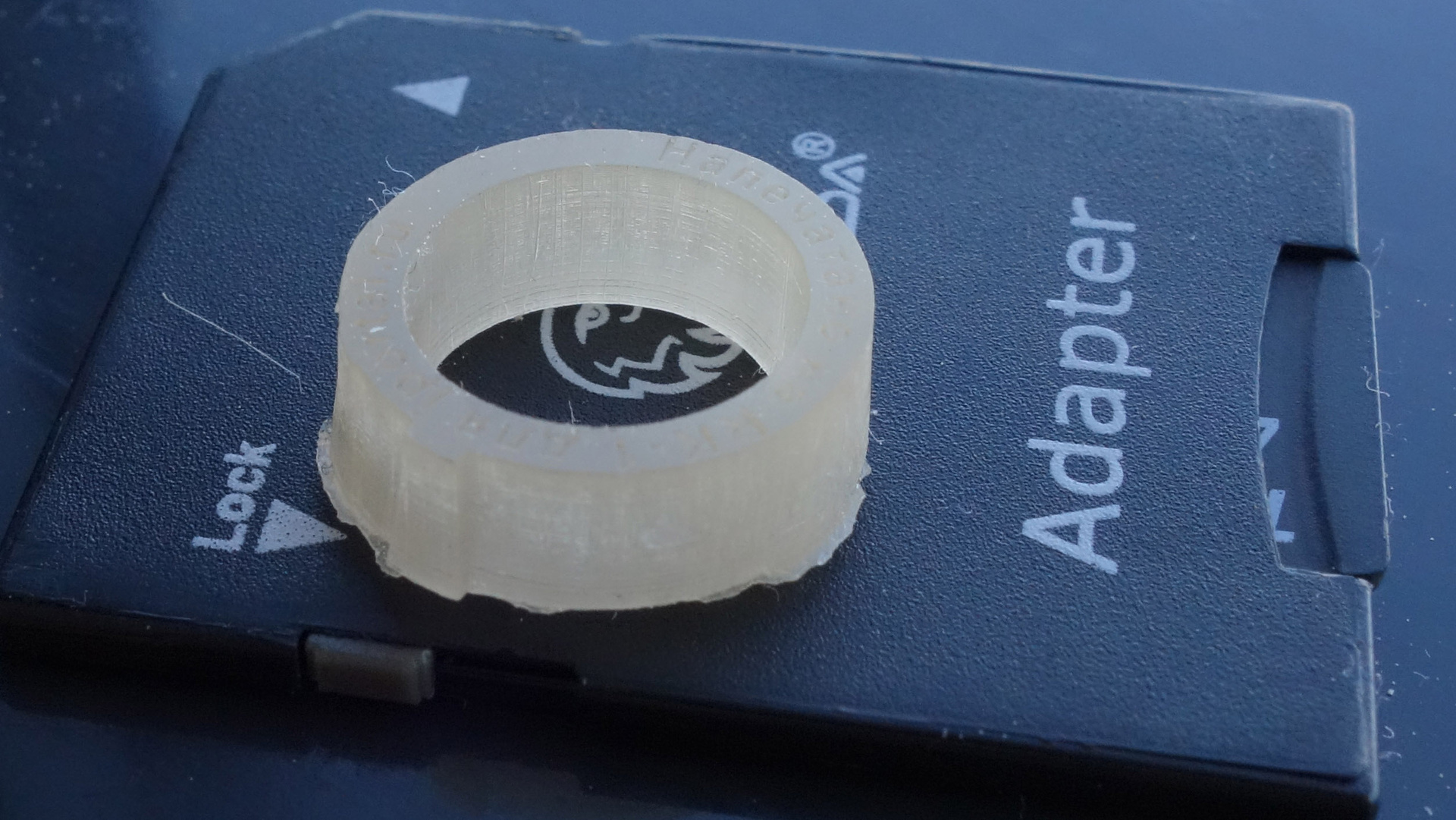
On such a model it is impossible to discern any details. Therefore, it is necessary to carefully paint the model. We used
graphit 33 graphite grease.
After applying this coating gives a matte surface that hides a large number of parts of interest to us, namely the projections. It is necessary to grind the surface to obtain a gloss. It is good that this cover allows you to do this.
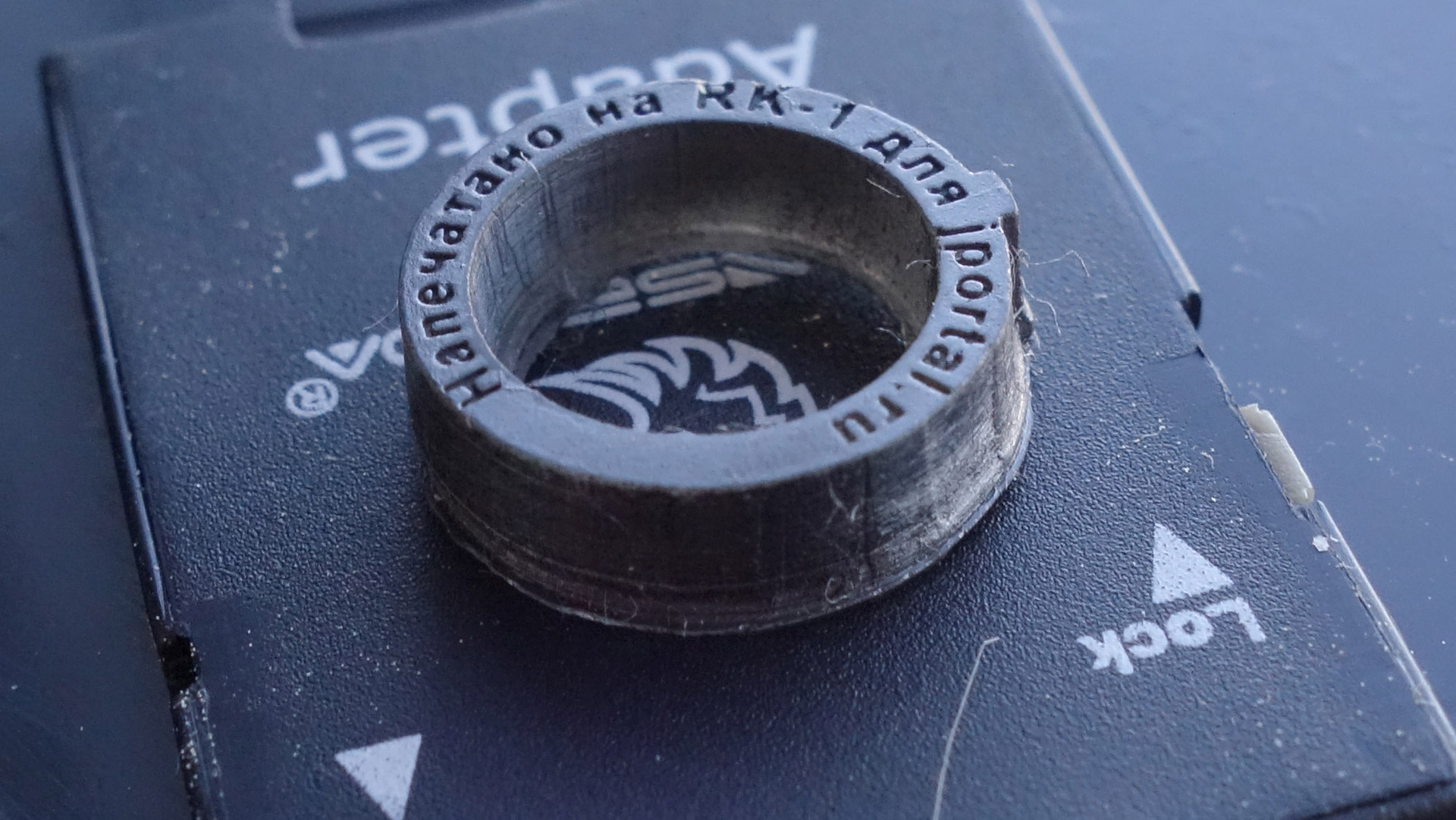
Here are some photos of the side face after “polishing” from different angles. The first part of the projections:
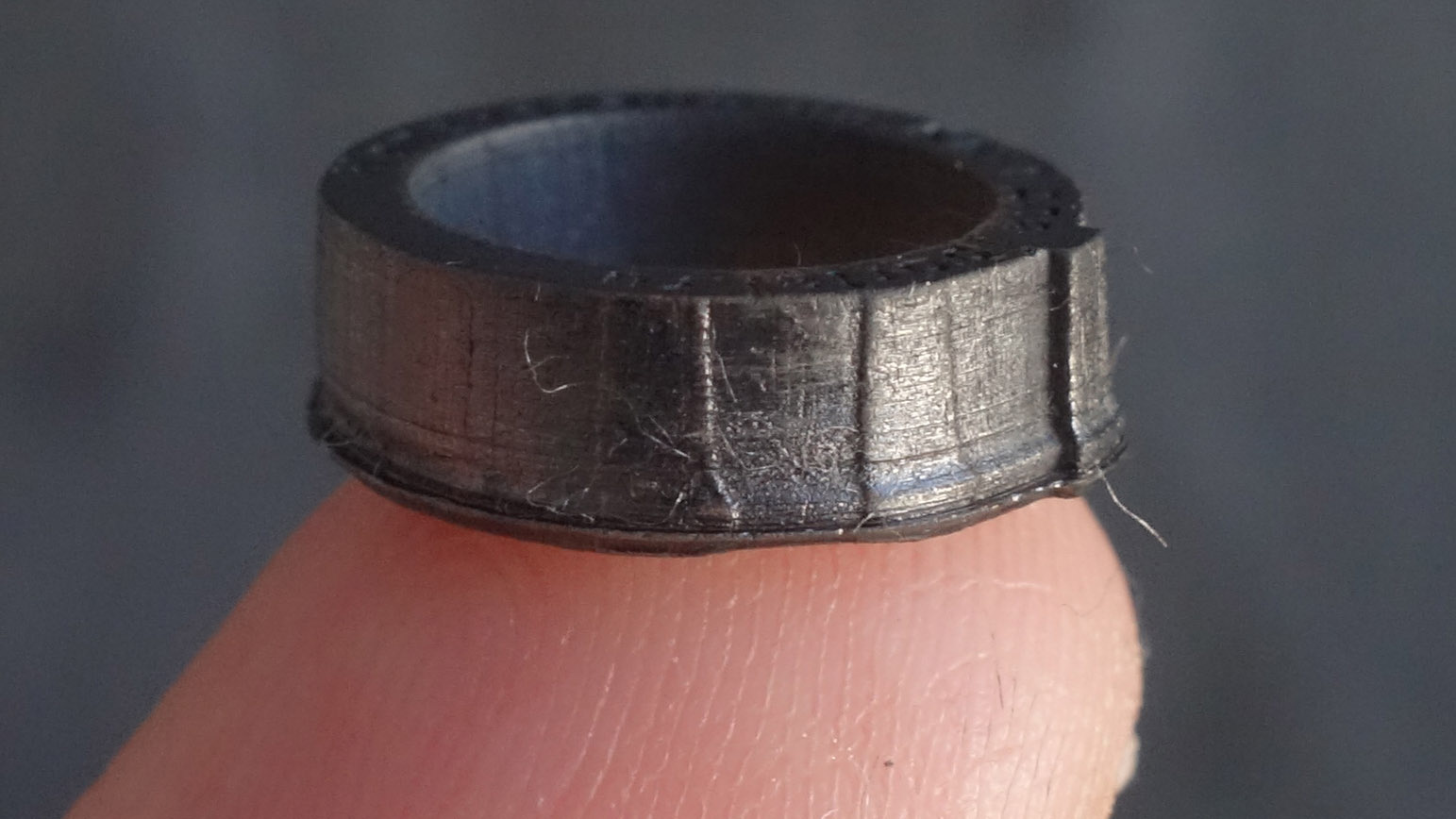
The second:
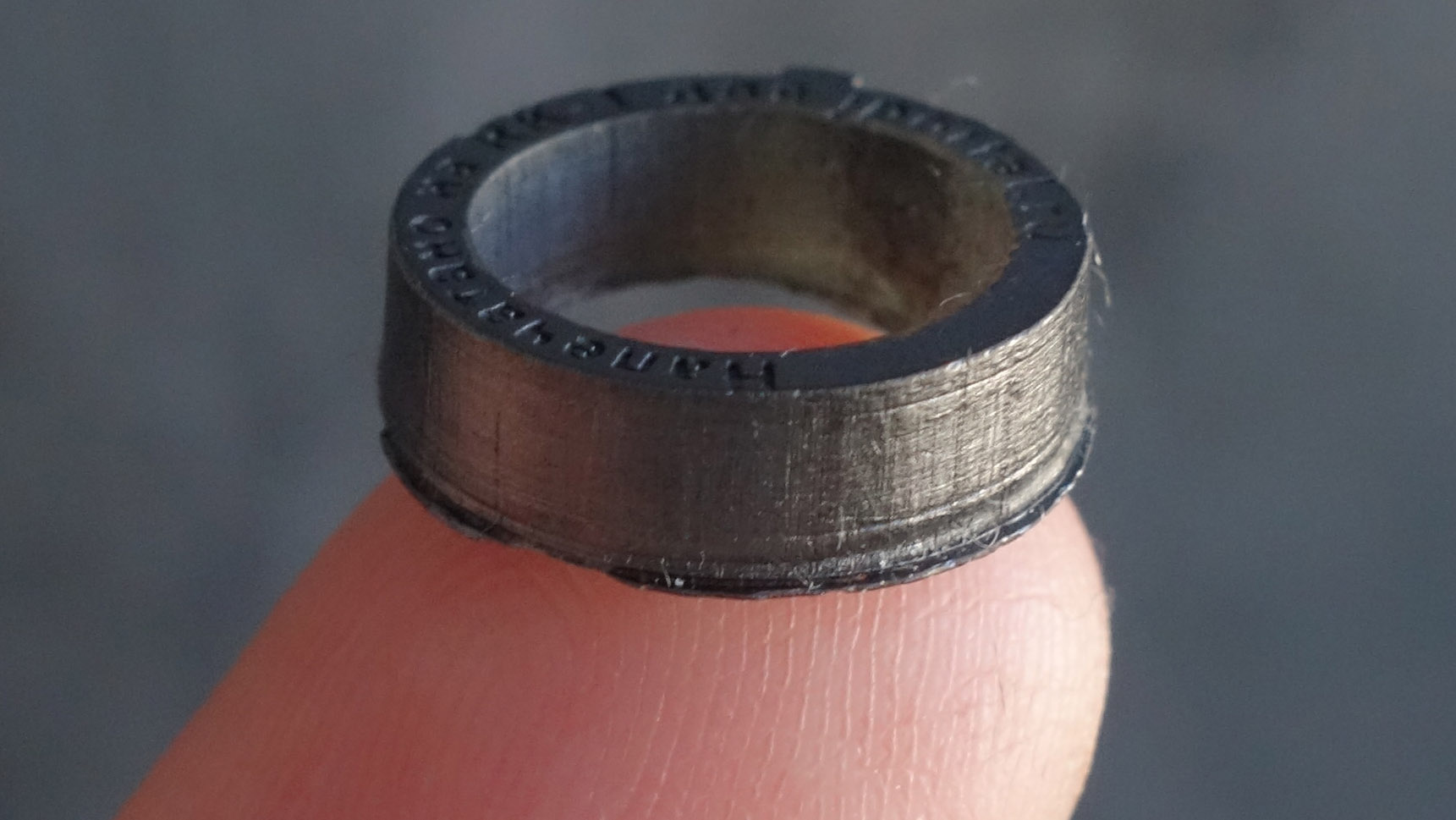
And the third:
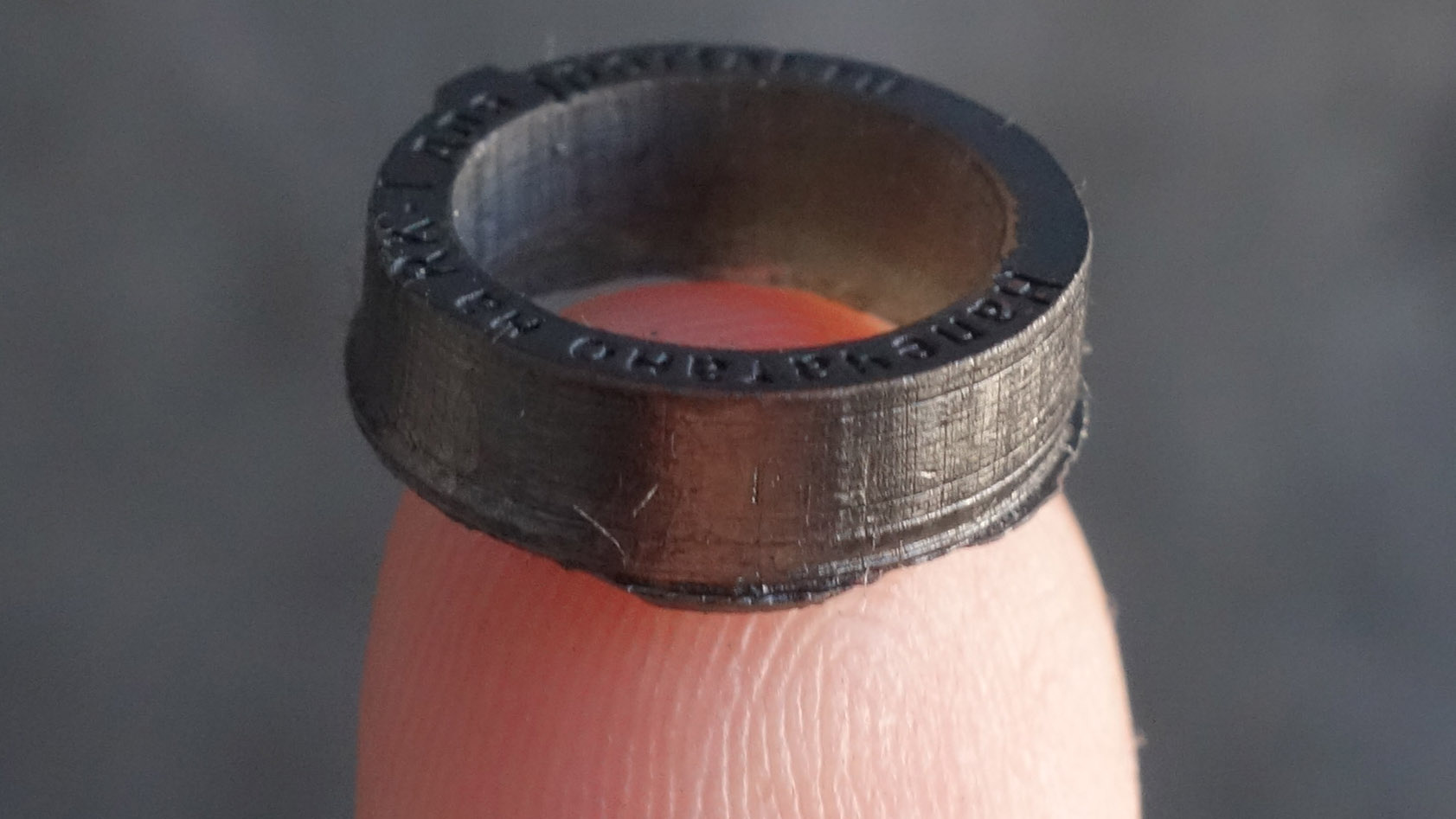
On the photo, the protrusions indicated are not as noticeable as we would like. Therefore, armed with a USB microscope, I filmed a small video.
findings
As expected, the most minimal protrusion (10 μm) could not be “printed”. But all the other protrusions were printed and detected by the naked eye (for a reflection only). We printed large parts with a large radius of curvature - even 10 microns are not enough resolution for these details, I would like less. But, this will be discussed in the following articles.
Thanks for attention.